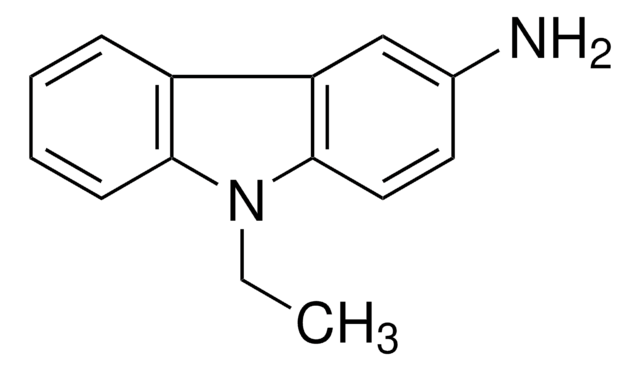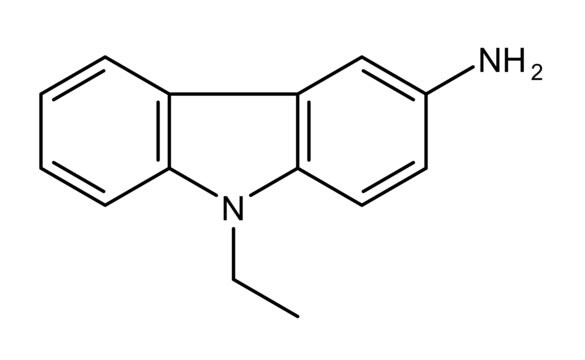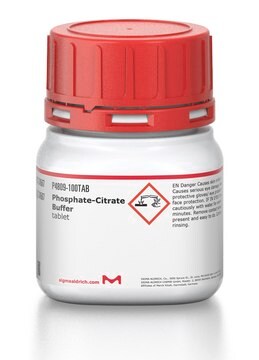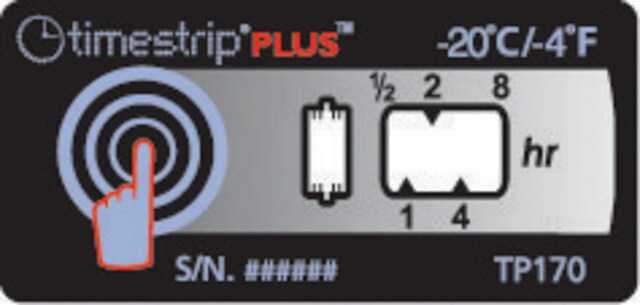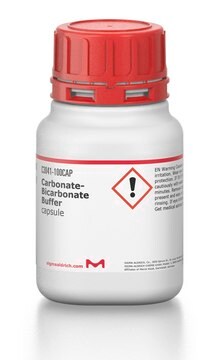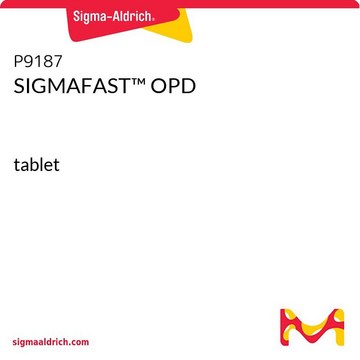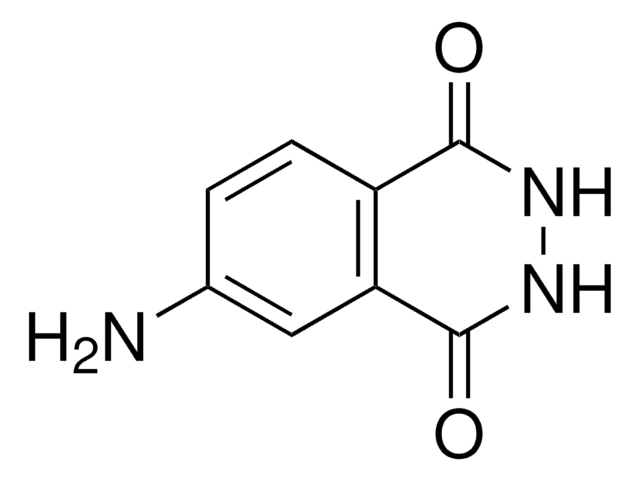A6926
3-Amino-9-ethylcarbazole
chromogenic, tablet
Synonym(s):
9-Ethylcarbazol-3-amine, AEC
About This Item
Recommended Products
Product Name
3-Amino-9-ethylcarbazole, tablet
form
tablet
Quality Level
solubility
DMF: 1 tablet/5 mL
SMILES string
CCn1c2ccccc2c3cc(N)ccc13
InChI
1S/C14H14N2/c1-2-16-13-6-4-3-5-11(13)12-9-10(15)7-8-14(12)16/h3-9H,2,15H2,1H3
InChI key
OXEUETBFKVCRNP-UHFFFAOYSA-N
Looking for similar products? Visit Product Comparison Guide
General description
Specificity
Application
Quantity
related product
Signal Word
Danger
Hazard Statements
Precautionary Statements
Hazard Classifications
Acute Tox. 3 Oral - Carc. 1B
Storage Class Code
6.1C - Combustible acute toxic Cat.3 / toxic compounds or compounds which causing chronic effects
WGK
WGK 3
Flash Point(F)
Not applicable
Flash Point(C)
Not applicable
Personal Protective Equipment
Choose from one of the most recent versions:
Already Own This Product?
Find documentation for the products that you have recently purchased in the Document Library.
Customers Also Viewed
Articles
Nitroblue Tetrazolium (NBT) is used with the alkaline phosphatase substrate 5-Bromo- 4-Chloro-3-Indolyl Phosphate (BCIP) in western blotting and immunohistological staining procedures. These substrate systems produce an insoluble NBT diformazan end product that is blue to purple in color and can be observed visually.
Our team of scientists has experience in all areas of research including Life Science, Material Science, Chemical Synthesis, Chromatography, Analytical and many others.
Contact Technical Service